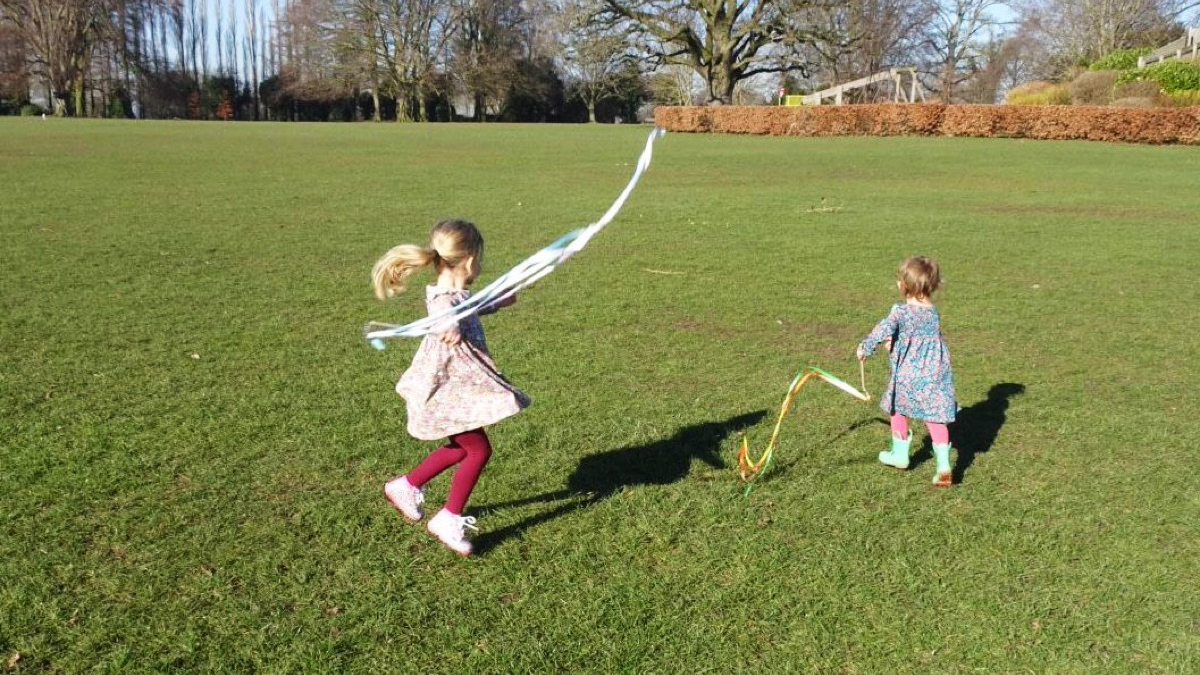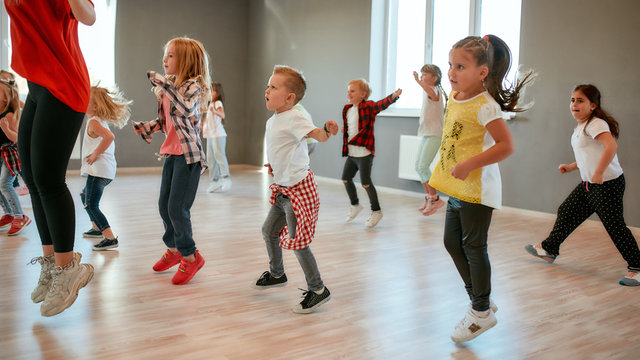25 New Dance Challenges Specifically Designed for Children
25 New Dance Challenges Specifically Designed for Children: Fun Activities to Get Kids Moving in 2025
Quick Navigation:

Dance challenges for children have become increasingly popular as parents and educators recognize the incredible benefits of movement-based activities. These specially designed dance challenges not only provide entertainment but also promote physical fitness, creativity, and social development in young minds.
In this comprehensive guide, we'll explore 25 exciting new dance challenges that are specifically tailored for children of all ages, from toddlers to pre-teens. Each activity is designed to be safe, engaging, and developmentally appropriate while encouraging kids to express themselves through movement.
Why Dance Challenges Are Essential for Child Development

Dance challenges offer numerous developmental benefits for children. According to child development experts, regular dance activities improve gross motor skills, enhance coordination, and boost cognitive function. Additionally, dance challenges help children build confidence, develop social skills, and learn to express emotions in a healthy way.
Physical Benefits
- Improved balance and coordination
- Enhanced flexibility and strength
- Better cardiovascular health
- Development of spatial awareness
Cognitive and Emotional Benefits
- Increased concentration and focus
- Enhanced memory and pattern recognition
- Emotional expression and regulation
- Boosted self-confidence and self-esteem
Indoor Dance Challenges Perfect for Any Space
1. The Emoji Expression Challenge

This popular challenge encourages children to dance while expressing different emotions. Play upbeat music and call out various emotions like "happy," "surprised," "sleepy," or "excited." Children must adjust their dance moves to match the emotion, promoting emotional intelligence and creative expression.
2. Freeze Dance Evolution
Take the classic freeze dance to the next level by adding themed poses. When the music stops, call out specific poses like "superhero," "animal," or "statue." This variation keeps children engaged while improving their listening skills and body awareness.

3. Ribbon Dance Magic
Provide children with colorful ribbons or scarves and encourage them to create flowing movements. This challenge develops fine motor skills and artistic expression while allowing kids to feel like graceful dancers.

4. Mirror Me Challenge
Pair children up and have them take turns being the leader and follower. The leader creates slow, deliberate movements that their partner must mirror exactly. This activity enhances focus, cooperation, and body coordination.
5. Remote Control Dance
Use a pretend remote control to "control" the children's movements. Commands like "fast forward," "rewind," "slow motion," and "pause" create an interactive experience that develops listening skills and body control.
Group Dance Activities That Build Community
6. Pass the Dance Move Challenge

Start with one child creating a unique dance move, then each subsequent child adds their own move while repeating all previous moves. This memory-building activity promotes creativity and helps children learn from each other.
7. Dance Chain Reaction
Children stand in a circle, and when the music starts, one child begins dancing. After 10 seconds, the next child joins in, copying the first child's moves while adding their own flair. Continue until everyone is dancing together.
8. High-Five Choreography
Partner children up to create short dance routines that incorporate various hand gestures like high-fives, claps, and snaps. This challenge builds teamwork while developing rhythm and coordination.
9. Dance Story Time
Read a short story while children act out the narrative through dance. Stories about animals, adventures, or fairy tales work particularly well for this engaging literary-movement combination.
Creative and Themed Dance Challenges
10. Animal Kingdom Dance-Off

Call out different animals and have children interpret how that animal might dance. From slithering snakes to hopping bunnies, this challenge sparks imagination while teaching about different creatures.
11. Color-Coded Movement
Assign different types of movements to various colors. When you call out "red," children might march energetically, while "blue" could mean gentle swaying movements. This activity combines learning colors with creative expression.
12. Weather Dance Challenge
Have children dance like different weather patterns – gentle movements for light rain, energetic jumping for thunderstorms, or slow, flowing motions for gentle breezes.
13. Superhero Training Dance
Create dance moves inspired by superhero actions like flying, climbing, and using special powers. This theme-based challenge appeals to children's love of superheroes while promoting active play.
14. Around the World Dance Journey
Introduce children to simple traditional dances from different cultures, adapted for their age group. This multicultural approach broadens their horizons while promoting inclusive play.
Technology-Enhanced Dance Challenges
15. Create Your Own TikTok-Style Dance

Help children create age-appropriate dance routines inspired by popular social media trends. Focus on simple, repetitive movements that are easy to learn and remember, ensuring content remains suitable for young audiences.
16. Dance Video Creation Challenge
Use tablets or smartphones (with parent supervision) to record short dance videos. Children can review their performances and make improvements, developing self-awareness and confidence.
17. Virtual Dance Party
Connect with friends or family members via video calls for synchronized dance sessions. This technology-based approach helps maintain social connections while staying active.
Seasonal Dance Activities
18. Spring Flower Dance

Encourage children to dance like flowers growing from seeds, swaying in the breeze, and reaching toward the sun. This nature-inspired challenge connects movement with seasonal awareness.
19. Winter Snowflake Ballet
Have children create gentle, floating movements that mimic falling snowflakes. This peaceful activity is perfect for developing grace and controlled movements.
20. Summer Beach Dance Party
Create beach-themed movements like building sandcastles, swimming, and playing volleyball through dance. This seasonal theme brings vacation vibes to any indoor space.
21. Autumn Leaf Dance
Children can act out the lifecycle of leaves – growing on trees, changing colors, falling, and being blown by the wind. This educational dance connects movement with science learning.
Advanced Challenges for Older Kids
22. Choreography Creation Challenge

Give older children (ages 8-12) the opportunity to create their own dance routines and teach them to younger children. This leadership activity builds confidence and communication skills.
23. Dance Battles with Themes
Organize friendly dance competitions with specific themes like "robots vs. humans" or "land animals vs. sea creatures." This competitive element motivates children while maintaining a fun, supportive atmosphere.
24. Multi-Genre Dance Fusion
Introduce children to different dance styles and challenge them to combine elements from various genres. This advanced activity develops versatility and cultural appreciation.
25. Community Performance Preparation
Work toward a final performance for family members or community events. This goal-oriented challenge builds perseverance and gives children something special to work toward.
Essential Safety Tips and Guidelines

Creating a Safe Dance Environment
- Ensure adequate space with no obstacles or sharp edges
- Use non-slip surfaces or provide grip socks
- Maintain appropriate room temperature and ventilation
- Keep first aid supplies readily available
- Supervise all activities with trained adults
Age-Appropriate Modifications
- Ages 2-4: Focus on simple movements, short sessions (10-15 minutes)
- Ages 5-7: Introduce basic coordination challenges, 20-30 minute sessions
- Ages 8-12: Complex choreography and longer sessions (30-45 minutes)
Frequently Asked Questions
What age is appropriate for dance challenges?
Dance challenges can be adapted for children as young as 18 months up to teenagers. The key is modifying the complexity and duration based on developmental stages. Toddlers enjoy simple movements for 5-10 minutes, while older children can handle complex choreography for 30+ minutes.
How often should children participate in dance challenges?
Daily dance activities for 15-30 minutes provide optimal benefits without overwhelming young children. However, even 2-3 sessions per week can significantly improve physical fitness, coordination, and emotional well-being.
What equipment do I need for these dance challenges?
Most challenges require minimal equipment: a music player, open space, and basic props like ribbons, scarves, or balloons. Optional items include cones for boundaries, costume accessories, and a camera for recording performances.
Can dance challenges help shy children?
Absolutely! Dance challenges provide a structured, supportive environment for shy children to express themselves. Start with individual activities before progressing to group challenges, and always celebrate participation over perfection.
How do I adapt challenges for children with special needs?
Focus on each child's abilities rather than limitations. Modify movements as needed, provide additional support, use visual cues, and ensure all children can participate meaningfully. Consult with occupational therapists or special education professionals for specific adaptations.
Conclusion: Building Lifelong Love for Movement
These 25 new dance challenges specifically designed for children offer endless opportunities for fun, learning, and development. By incorporating these activities into regular routines, parents, teachers, and caregivers can help children develop physical fitness, creativity, social skills, and emotional intelligence.
Remember that the goal isn't perfection – it's participation, joy, and healthy movement. Every child moves differently, and celebrating these unique expressions builds confidence and encourages continued engagement with physical activity.
Ready to Get Your Kids Moving?
Start with one or two challenges today and watch as your children discover the joy of movement! Share your favorite dance challenge experiences in the comments below, and don't forget to capture those precious dancing moments.
Try a new dance challenge today and see the magic of movement transform your child's day!

